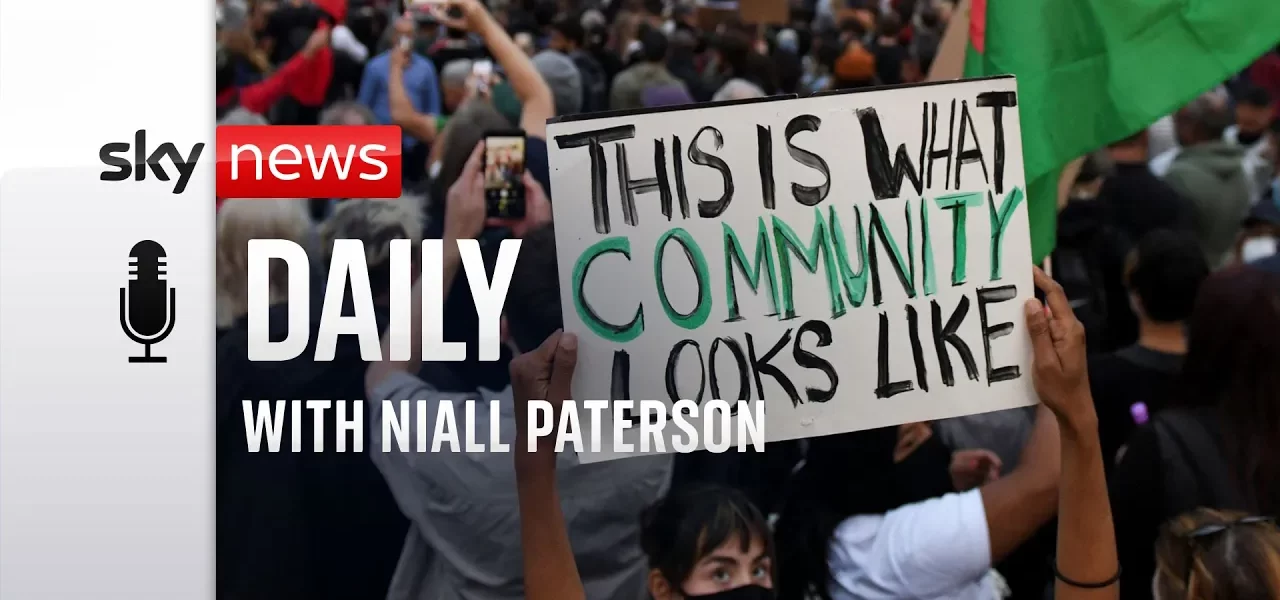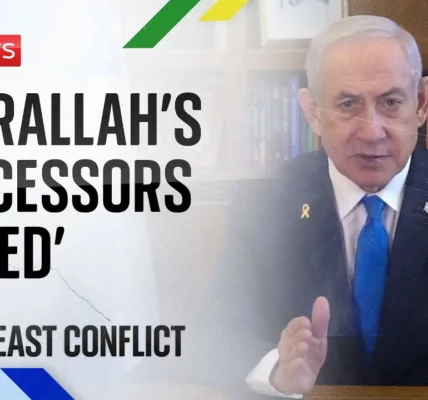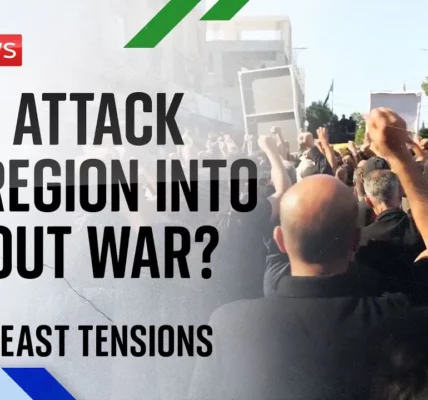Community Unity Amidst Protest: A Reflection on Liverpool’s Recent Events

In the face of rising tensions and anticipated protests, communities in Liverpool demonstrated an inspiring show of unity against far-right ideologies. This article delves into the sentiments surrounding these events, the impact on community relations, and the political implications of the protests.
Introduction
The recent protests in Liverpool were marked by a palpable sense of fear and anticipation among local communities. With police identifying as many as 100 potential protest sites, the specter of violence loomed large. However, what ultimately unfolded was a powerful display of solidarity among diverse groups, showcasing the strength of community against division and hate. This article explores the events leading up to these protests, the voices of community leaders, and the political ramifications that may follow.
Background of the Protests
The protests in Liverpool were sparked by rising tensions related to far-right gatherings in the area. Community leaders, including British Muslim activist Toad Islam, expressed their concerns about safety, noting that mosques were closing and fear was pervasive among residents. To understand the underlying issues, we must consider the historical context of racial tensions in the region.
The Role of Community Leaders
Community leaders played a pivotal role in addressing the fears and anxieties of local residents. Toad Islam, a trustee of the Liverpool Region Mosque Network, emphasized the importance of solidarity among diverse groups. His insights provided a firsthand view of the emotional landscape leading up to the protests.
- Community leaders were essential in rallying support.
- They provided a voice for the concerns of minorities.
- They advocated for peaceful demonstrations against hate.
The Response of the Community
The anticipated violence and unrest were replaced with an unexpected moment of unity, as thousands of individuals from various backgrounds came together to protest against the far-right ideologies. This response was not just an act of defiance, but a celebration of community resilience.
Unity in Diversity
The protests featured a diverse crowd, including families, children, and representatives from various faiths and ethnicities. This gathering served as a powerful reminder that community strength lies in its diversity.
Visual Elements of the Protests
Images from the protests depicted a sea of people holding anti-racist banners, drumming, and engaging in conversations. The atmosphere was one of hope and determination, contrasting sharply with the fear that had preceded the event.
Emotional Impact on Participants
For many, the protests provided a sense of relief and confidence. Participants reported feeling empowered and united, dispelling the fears that had dominated the weeks leading up to the protests. The emotional response was not only significant for adults but also for children, who witnessed their parents standing up against hate.
Political Implications and Future Considerations
The political landscape following these protests will likely be complex. As discussed by Nick Martin, a political correspondent, the government is faced with the challenge of addressing the underlying societal issues that fuel unrest.
Government Response
Following the protests, the government has been scrutinized for its handling of far-right activities. Steps taken include:
- Increased police presence in communities.
- Swift legal action against agitators.
- Public messaging aimed at reassuring citizens.
Long-Term Community Healing
While the protests showcased community strength, the wounds inflicted by racism and division remain. Addressing these issues will require ongoing dialogue and sustained efforts from both community leaders and government officials. Healing will depend on:
- Continued community engagement.
- Education on diversity and inclusion.
- Policies that address socio-economic disparities.
Conclusion
The recent protests in Liverpool were a testament to the power of community unity in the face of adversity. As residents came together to stand against hate, they demonstrated that solidarity can triumph over division. Moving forward, it is crucial that this momentum is not lost. Communities must continue to engage in meaningful conversations, and political leaders must address the root causes of unrest to foster a more inclusive society. We encourage everyone to participate in local discussions and take action against hate in all its forms.
“`




